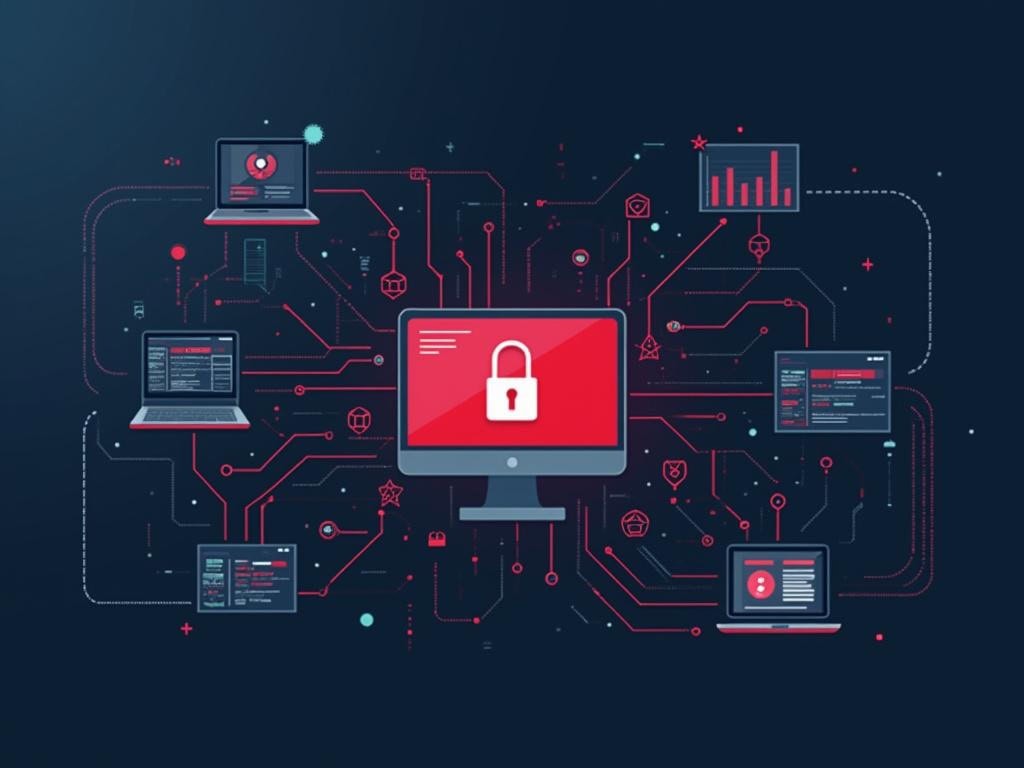Fog Ransomware Group: Leveraging Legitimate Monitoring Tools for Advanced Cyber Attacks

Fog Ransomware Group Weaponizes Legitimate Monitoring Software in Advanced Attacks
A sophisticated ransomware operation threatening organizations worldwide known as Fog has evolved its tactics to exploit legitimate employee monitoring software, marking a concerning shift in cyber attack methods, according to a new joint report from Symantec and Carbon Black Threat Hunter team.
The group, first detected in May 2023, has expanded beyond its initial VPN credential theft approach to now leverage Syteca, a legitimate employee monitoring tool, alongside other sophisticated utilities to compromise organizations while evading detection.
Advanced Attack Methodology
The ransomware group's latest campaign, targeting a financial institution in Asia, demonstrates their advancing capabilities. Fog operators deployed Syteca (formerly Ekran) – typically used for insider threat detection – as a covert surveillance tool to capture screen activity and keystroke data from unsuspecting users.
"The real danger in this case isn't the ransom note—it's how Fog turns a simple screen recorder into a hidden camera," explains Akhil Mittal, Senior Manager at Black Duck. "Security teams should keep a live map of where every monitoring app is allowed to run and flag it the moment one pops up somewhere odd."
Organizations must implement comprehensive ransomware response strategies to protect against these sophisticated attack methods.
The attack chain incorporates multiple sophisticated tools, including:
- Stowaway: An open-source proxy utility for delivery
- SMBExec: Part of the Impacket framework used for lateral movement
- GC2: A rare backdoor that disguises malicious traffic through Google Sheets or SharePoint
Identity Security Implications
The group's focus on credential harvesting presents escalating risks for organizations, particularly as attack surfaces expand to include cloud and SaaS platforms. James Maude, Field CTO at BeyondTrust, emphasizes that Fog's approach highlights critical gaps in identity-centric security.
Small businesses face increasing ransomware threats as threat actors continue to evolve their tactics. "Fog is simply reliant on overprivileged, under-controlled endpoints and exploiting the fact that legitimate applications can be used for nefarious purposes," Maude notes. "With identity as the new perimeter, the threat actors' desire to harvest credentials and pivot into SaaS environments is only growing."
According to recent research from Microsoft's Digital Defense Report, ransomware attacks have increased by 60% in the past year, with legitimate tool abuse becoming increasingly common.
The emergence of these sophisticated tactics demonstrates the evolving nature of cyber threats, where the line between legitimate tools and malicious weapons continues to blur. Organizations must adapt their security strategies accordingly to protect against these increasingly sophisticated attacks.

